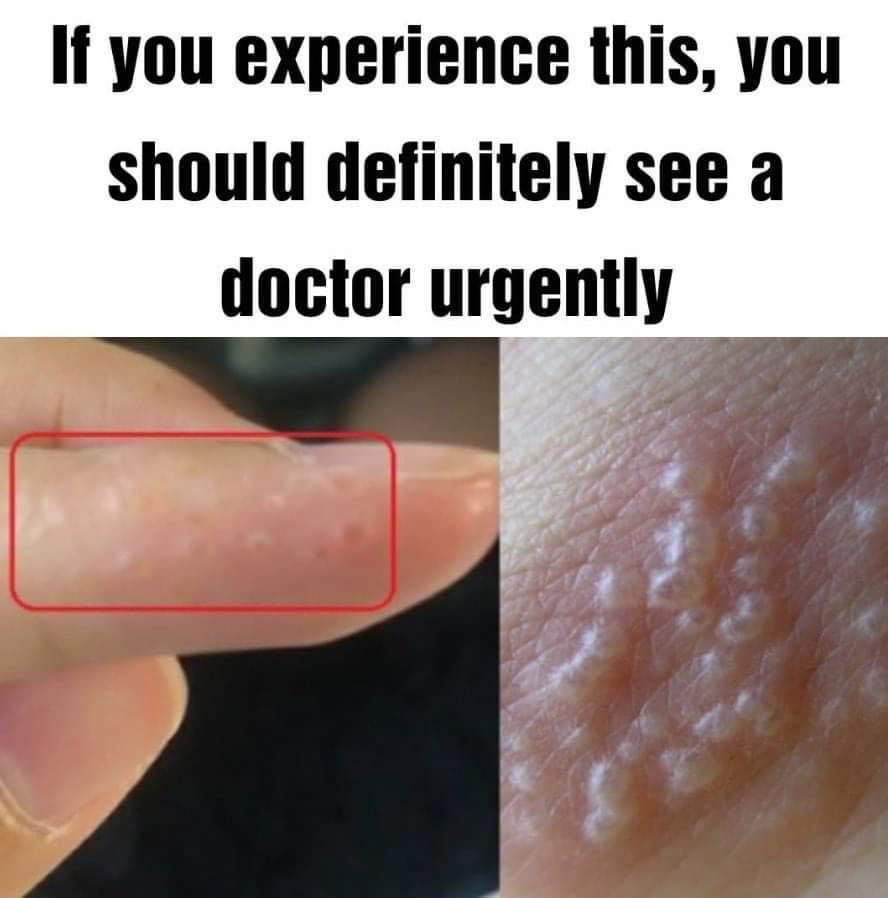
One type of skin condition people suffer from is dyshidrotic eczema, which is prevalent in the spring. Although this condition isn’t curable, it is manageable and can be kept under control. The symptoms are small, itchy blisters.
Eczema refers to a group of diseases that cause skin inflammation, often known as dermatitis. As per statistics, eczema affects an estimated 35 million people in the States only. Around seventy percent of these cases include children under the age of five.
During a flare-up, the skin becomes red, itchy, and swollen with fluid-filled bumps that may ooze and crust. The most common triggers of eczema are allergic reactions, but it can also be genetic. Eczema isn’t contagious.

One of the most common forms, as stated previously, is dyshidrotic eczema.
Dyshidrotic eczema (pompholyx) is a chronic, recurrent skin condition that causes itching and often appears symmetrically on the palms, fingers, and soles. It is marked by small, deep-seated vesicles measuring 1–2 mm, which eventually resolve with scaling after a few weeks.
There is some disagreement about the exact terminology and definitions, but this condition is also referred to as pompholyx, acute and recurrent vesicular hand dermatitis, acute palmoplantar eczema, vesicular endogenous eczema, cheiropompholyx (when affecting the hands), podopompholyx or pedopompholyx (when affecting the feet), and cheiropodopompholyx.

